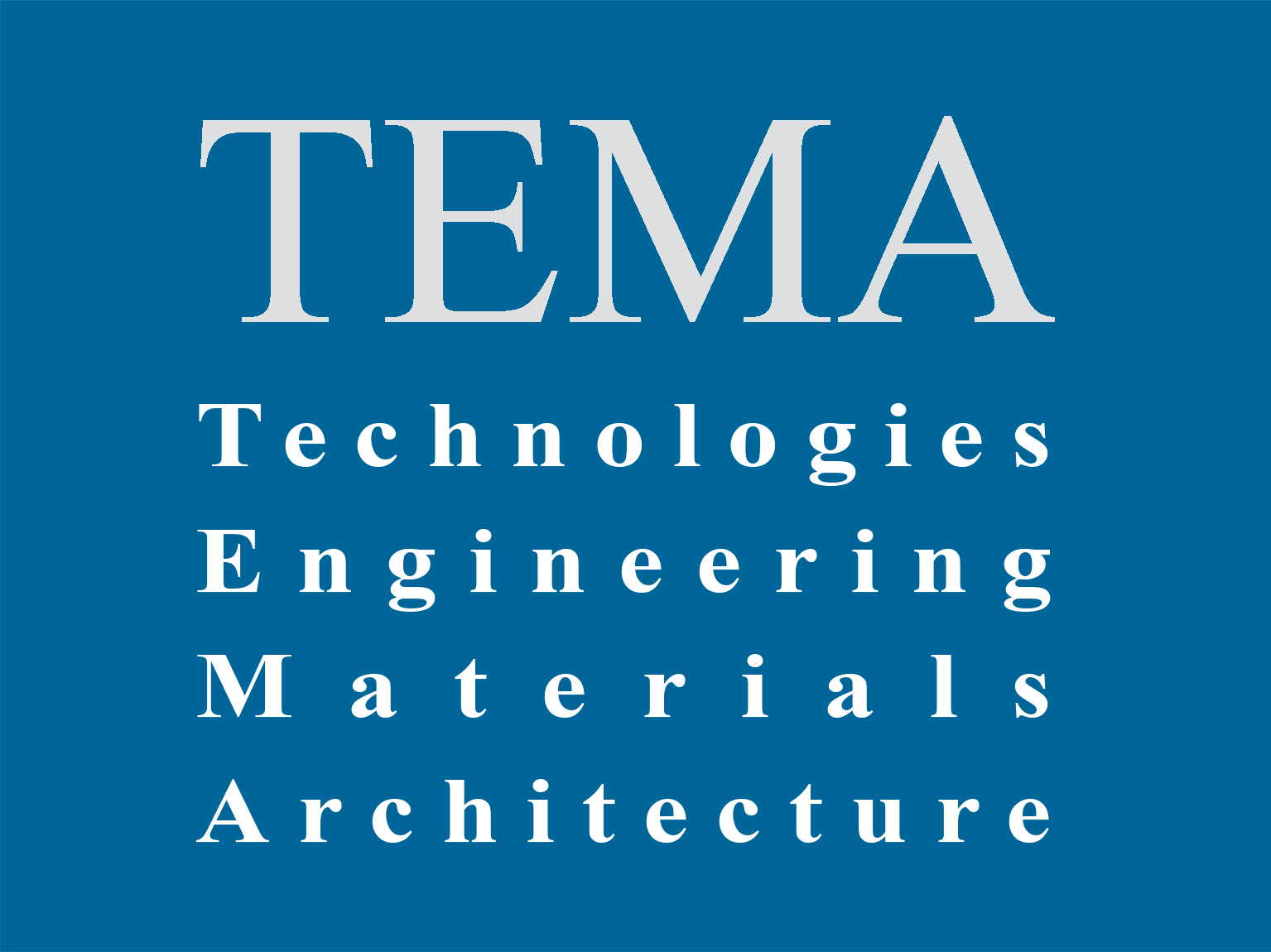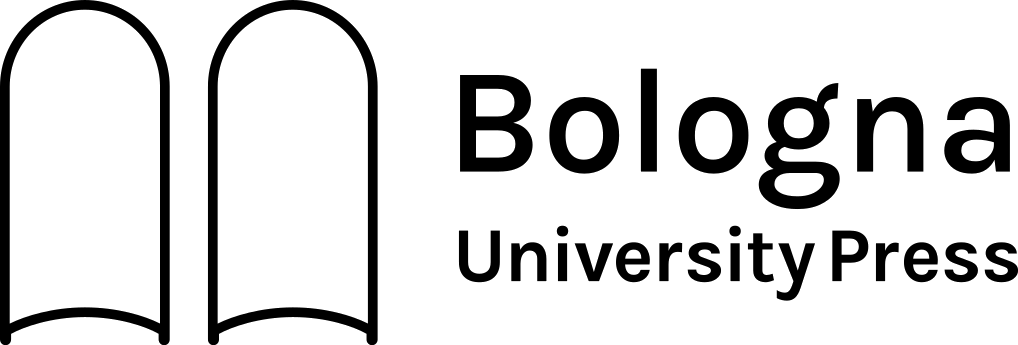Abstract
The seismic hazard in Europe is one of the most critical issues of civil engineering. The necessity of improving existing buildings, in terms of energy and structure is always a new challenge for designers. The use of integrated improvement systems can be the solution to common obstacle from the project to the realization, such as the invasiveness, the cost and the duration of the construction phase. The current scenary is rich in different intervention techniques due to the heterogeneity of the buildings. The study focuses on two cases of seismic reinforcement through the use of steel exoskeletons in different contexts through different design solutions. Following the description of the issues related to the vulnerability of the two case studies, the procedures for evaluating the improvement are illustrated. Finally, the results deriving from the application of the strengthening structures are presented, showing ample margins for improvement in both cases up to the achievement of demand values.









